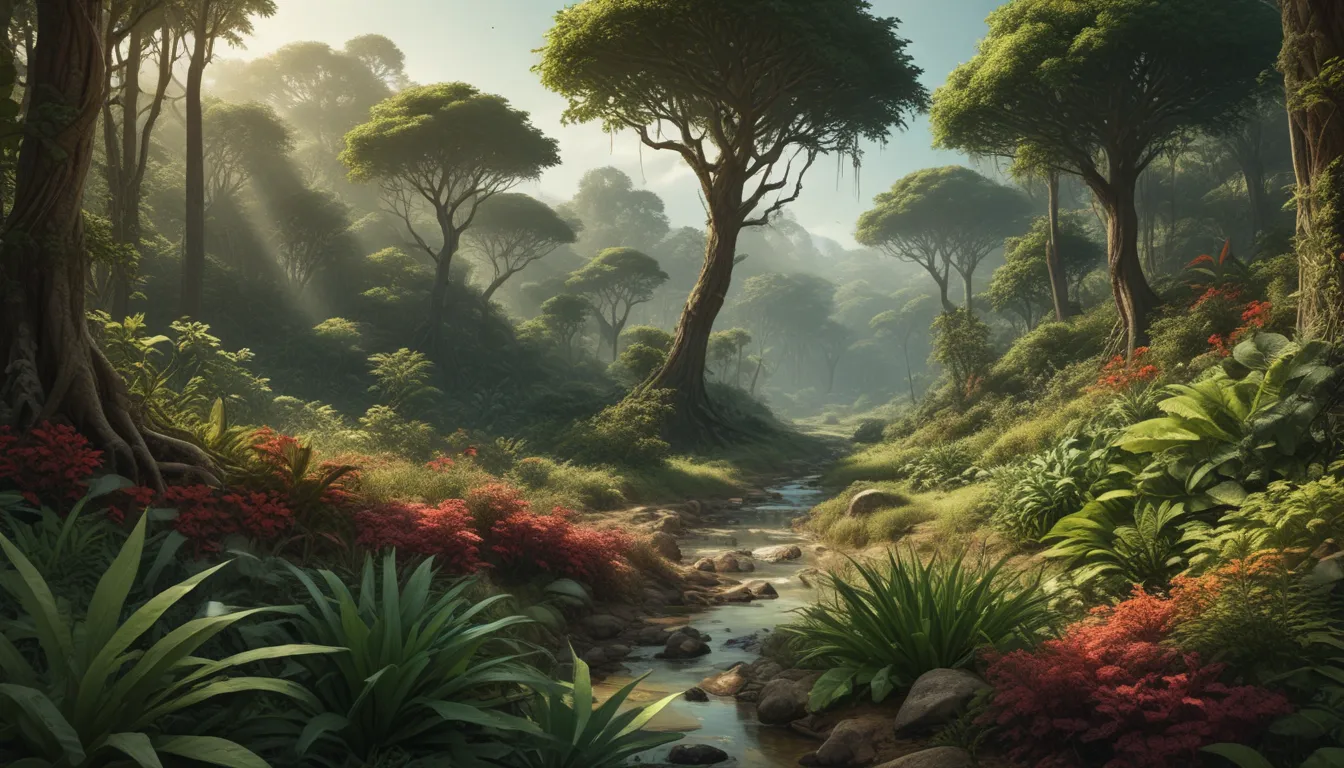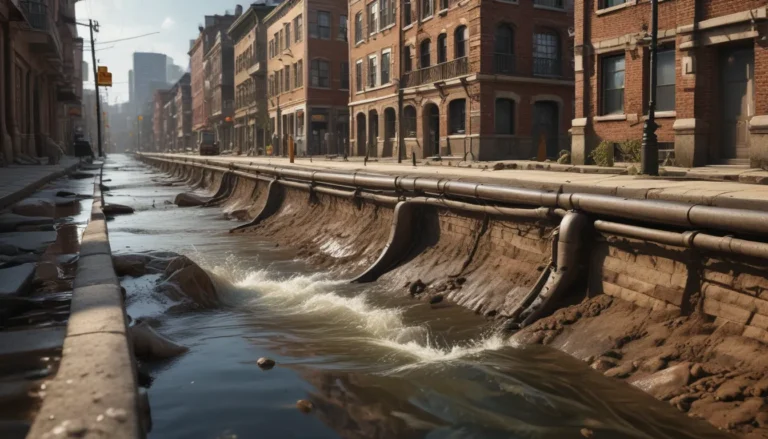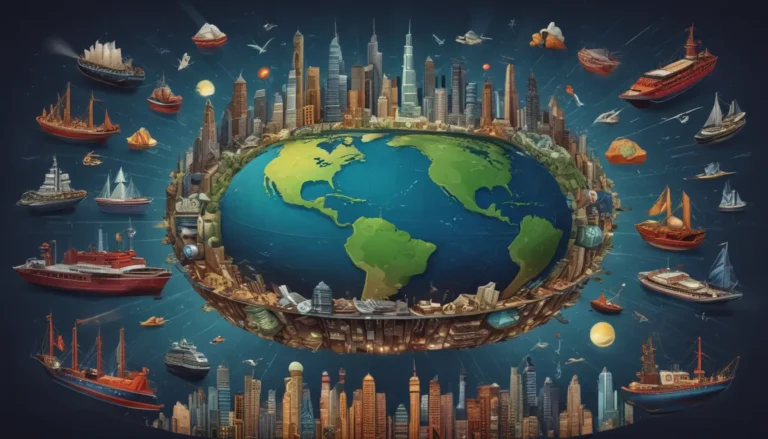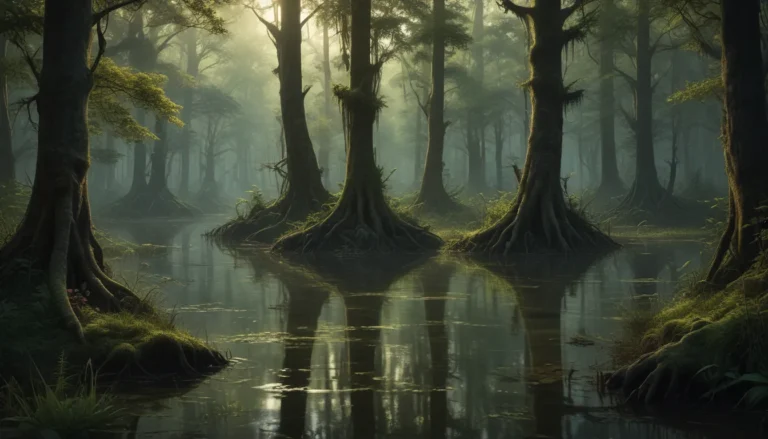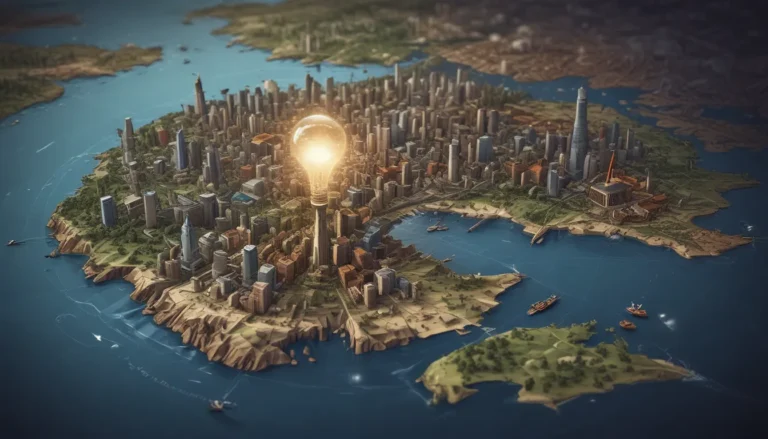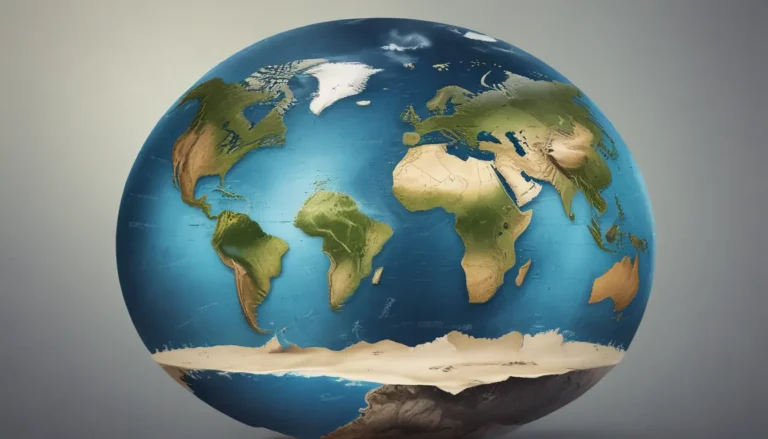A Note About Images: The images used in our articles are for illustration purposes only and may not exactly match the content. They are meant to engage readers, but the text should be relied upon for accurate information.
Have you ever marveled at the breathtaking beauty and diversity of vegetation zones around the world? These unique biomes, shaped by climate, geography, and plant life, offer a glimpse into the intricate tapestry of our planet’s ecosystems. From the expansive deserts to the lush rainforests, each vegetation zone has its own story to tell. In this article, we will delve into eight fascinating facts about vegetation zones that will deepen your appreciation for the remarkable complexity and resilience of our planet’s plant life. So, get ready to embark on a journey through the enchanting world of vegetation zones!
Unveiling the Magic of Vegetation Zones
Vegetation zones, also known as biomes, are distinct regions on Earth that are characterized by specific types of plant life. These zones are primarily determined by factors such as temperature, rainfall, and altitude, which influence the types of plants that can thrive in each region. As a result, vegetation zones create a diverse range of ecosystems that support unique plant and animal life.
The Marvelous Diversity of Vegetation Zones
The Earth is home to several major vegetation zones, each with its own set of environmental conditions and biodiversity. From the icy tundra to the lush tropical rainforests, the diversity of plant life across these biomes is truly awe-inspiring. Some of the major biomes include the tundra, taiga, temperate grassland, temperate deciduous forest, tropical rainforest, and desert. Each biome harbors a unique combination of plants and animals that have adapted to thrive in their specific habitats.
The Enchanting Amazon Rainforest
One of the most iconic vegetation zones on Earth is the Amazon Rainforest, the largest tropical rainforest in the world. Stretching across approximately 5.5 million square kilometers, the Amazon Rainforest is a vibrant ecosystem teeming with an incredible diversity of plant species. Many of these plant species are found nowhere else on the planet, making this biome a true treasure trove of biodiversity. Often referred to as the “lungs of the planet,” the Amazon Rainforest plays a crucial role in regulating the Earth’s climate and supporting a rich array of flora and fauna.
Discovering the Arctic Tundra
In the northernmost regions of the Earth lies the Arctic tundra, a unique vegetation zone characterized by cold temperatures, short growing seasons, and permafrost. Despite its harsh conditions, the Arctic tundra is home to a surprising variety of plant life, including mosses, lichens, and small shrubs. This biome also serves as a vital habitat for migratory birds and iconic animals such as reindeer and polar bears, highlighting the resilience of life in extreme environments.
Delving into the Mediterranean Biome
The Mediterranean biome, found in regions such as Southern Europe, North Africa, and parts of the Middle East, is renowned for its rich biodiversity. This biome experiences mild, rainy winters and hot, dry summers, creating a unique climate that fosters the growth of diverse plant species. Olive trees, grapevines, and aromatic shrubs like lavender and rosemary are common in this region, showcasing the beauty and productivity of the Mediterranean biome.
The Importance of Grassland Ecosystems
Grassland vegetation zones, also known as prairies or savannas, are vast expanses of grasses and herbaceous plants that play a crucial role in global food production. These regions provide fertile land for growing crops and grazing livestock, supporting human livelihoods and biodiversity. Grasslands also store carbon and serve as habitats for a wide variety of species, illustrating the interconnectedness of ecosystems in sustaining life on Earth.
The Intriguing Sonoran Desert
The Sonoran Desert, the most biologically diverse desert in North America, is a testament to the resilience and adaptability of desert plants. Spanning parts of the United States and Mexico, this vegetation zone is home to a wide array of plant species that have evolved to thrive in arid conditions. From towering saguaro cacti to vibrant wildflowers, the Sonoran Desert is a captivating landscape that showcases the unique beauty of desert ecosystems.
Embracing Conservation and Sustainability
Despite the beauty and resilience of vegetation zones, human activities such as deforestation, climate change, and pollution pose significant threats to these invaluable ecosystems. The clearing of forests for agriculture, the burning of fossil fuels, and the release of greenhouse gases are altering climate patterns and impacting the distribution and health of vegetation zones. Conservation efforts and sustainable practices are essential to safeguarding these biomes for future generations.
In conclusion, exploring the wonders of vegetation zones offers a profound insight into the diversity and complexity of our planet’s plant life. Each biome tells a unique story of adaptation, resilience, and interconnectedness, underscoring the importance of preserving these precious ecosystems. By understanding and appreciating the beauty of vegetation zones, we can work towards a sustainable future that respects and nurtures the natural world.
FAQs about Vegetation Zones
- What are vegetation zones?
-
Vegetation zones, or biomes, are large-scale geographical areas with distinct plant communities that share similar climate, soil conditions, and other environmental factors.
-
How many vegetation zones are there?
-
There are several vegetation zones found across the world, including tropical rainforests, coniferous forests, deciduous forests, grasslands, deserts, tundra, and more.
-
How do climate and geography influence vegetation zones?
-
Climate and geography play a significant role in determining the characteristics of vegetation zones. Factors like temperature, precipitation, altitude, and soil composition determine which types of plants can thrive in a particular zone.
-
What is the importance of studying vegetation zones?
-
Studying vegetation zones helps us understand the distribution of plant life and its impact on the environment. It aids in conservation efforts, land management, and provides valuable insights into the interconnectedness of ecosystems.
-
How are vegetation zones affected by human activities?
-
Human activities such as deforestation, urbanization, and climate change can have detrimental effects on vegetation zones. These activities can disrupt the delicate balance of ecosystems, leading to loss of biodiversity and environmental degradation.
-
Can vegetation zones change over time?
-
Yes, vegetation zones can change over time due to natural factors such as climatic shifts and geological events. Human activities can also impact vegetation zones, causing them to shift or even disappear.
-
Are there any unique plant species found in specific vegetation zones?
-
Each vegetation zone has its own unique set of plant species adapted to the specific environmental conditions of that zone. For example, tropical rainforests are known for their diverse range of plant species, while deserts harbor plants that have adapted to arid conditions.
-
How can we protect vegetation zones?
- Protecting vegetation zones requires a combination of conservation efforts, sustainable land management practices, and raising awareness about the importance of preserving biodiversity. Initiatives like reforestation, responsible farming techniques, and reducing carbon emissions are essential steps in safeguarding these invaluable ecosystems.
By embracing the marvels of vegetation zones and recognizing the intricate web of life that they support, we can nurture a deeper connection to nature and contribute to the preservation of our planet’s precious ecosystems. Let’s embark on this journey together, learning from the past to create a sustainable future for generations to come.
